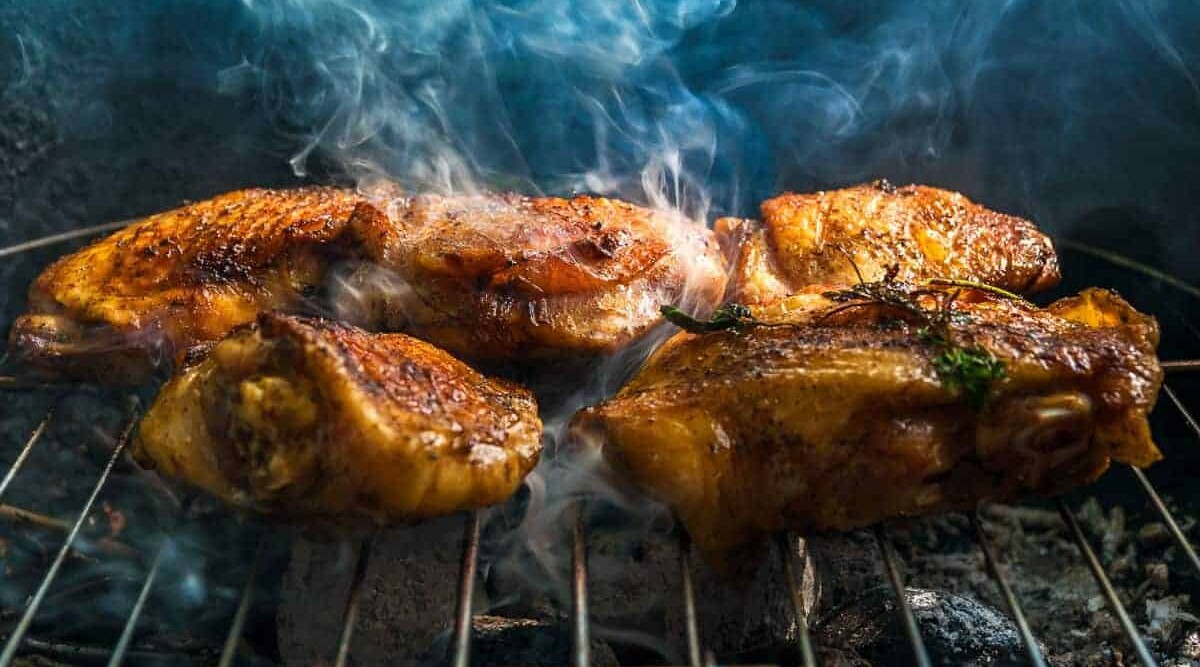
How long to grill chicken? The answer mostly depends upon these two things: The size of the chicken piece — including bone content — and the temperature of the grill.
The more bones a piece of chicken has, the longer it will take to cook. The drumstick and thighs, for example, have the biggest bones and will take the longest to cook compared to other parts.
The other element is the temperature of your BBQ. The lower the temperature, the more time you will need.
In this article, we will explore the different chicken parts, the factors that can affect how long it takes to grill them, and describe in detail the time and temp required for grilling each different cut.
Having this knowledge will help you plan your cook of the perfect bird. No more guesswork, or embarrassing chicken fiascos.
So let’s begin with perhaps the most important thing to consider first, the temperature inside and out.
Jump to:
- 1 Summary: Average Grilling Times for all Chicken Cuts
- 2 Cooking Temperatures, Thermometers and Food Safety
- 3 What is The Best Internal Temperature For Chicken?
- 4 What Happens if The Chicken Cooks Too Long?
- 5 What Happens If it Doesn’t Reach 165 Degrees F (75 °C)?
- 6 Average Grill Temperatures and What They Mean
- 7 Does the Weight and Thickness Make a Difference in Cooking Time?
- 8 How Long to Grill all the Different Cuts of Chicken
- 9 Is it Best to Grill Chicken on Direct or Indirect Heat?
- 10 Should You Marinate, Brine or Rub Before Cooking? Does it Affect The Cooking Time?
Summary: Average Grilling Times for all Chicken Cuts
For your reference, here are the average times for grilling various size pieces of chicken:
- Chicken breast, boneless, skinless — 6 to 8 ounces will take between 8 and 12 minutes over direct medium heat (350 °F)
- Chicken breast, bone-in — 10 to 12 ounces — 30 to 40 minutes over indirect medium heat (350 °F)
- Leg or thigh, bone-in — 30 to 40 minutes over indirect medium heat (350 °F)
- Thigh, boneless, skinless — 4 ounces — 8 to 10 minutes over direct high heat (450 – 650 °F)
- Chicken wings — 2 to 3 ounces — 18 to 20 minutes over direct medium heat (350 °F)
- Whole chicken — 3 1/2 to 4 1/2 lbs — 1 1/2 to 2 hours over indirect medium heat (350 °F)
Do keep in mind that these times may vary if you marinade your chicken, add a sauce, or change the chicken in any way.
Cooking Temperatures, Thermometers and Food Safety
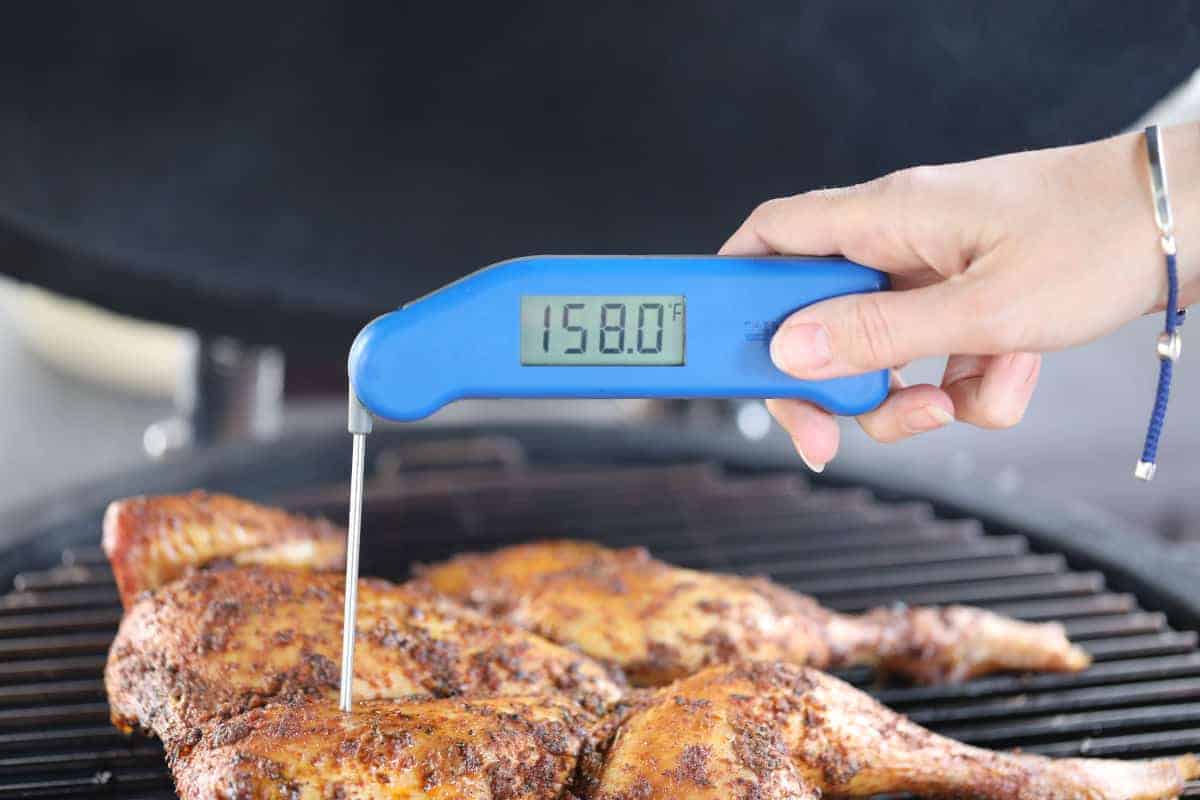
When it comes to checking the temperature of cooked chicken (or any meat) nothing can replace a quality digital, instant-read thermometer. They are highly accurate, fast and reliable.
I will touch on other methods to check for doneness if you don’t have one, but nothing is better or safer. I STRONGLY recommend you have an instant-read digital thermometer before you cook your first piece of chicken! If you don’t have one, check out our guide to the best instant-read thermometers.
Now that you have a thermometer in hand, you need to know the temperature of a properly cooked piece of chicken.
What is The Best Internal Temperature For Chicken?
If you only remember one temperature, it’s 165 degrees F (75 °C). This is the minimum safe internal temperature of chicken.
While you want to cook your legs and thighs a bit higher, you will know that they’re safe to eat.
Some recipes will tell you to cut the meat, and if the juices run clear, the chicken is cooked. Clear juices are not a reliable indicator of doneness. Depending on the age of the bird, juices might not run clear until it’s way overcooked.
What Happens if The Chicken Cooks Too Long?
Chicken is a very lean meat and dries quickly. Overcooking will make it dry, chewy and tough. Not to mention the skin-on chicken over direct heat will burn.
Overcooking can easily result in an acrid burnt flavor throughout the meat instead of a mild, delicious smoky flavor.
What Happens If it Doesn’t Reach 165 Degrees F (75 °C)?
There are two reasons the internal temperature must reach 165 °F (75 °C):
- The first is for food safety. At or above that temperature, salmonella, and other harmful bacteria are destroyed.
- Secondly, undercooked chicken is not palatable. The meat is soft, mushy and tasteless.
When discussing grilling times, we are talking about the time it takes for the internal temperature to reach 165 °F (75 °C).
Average Grill Temperatures and What They Mean
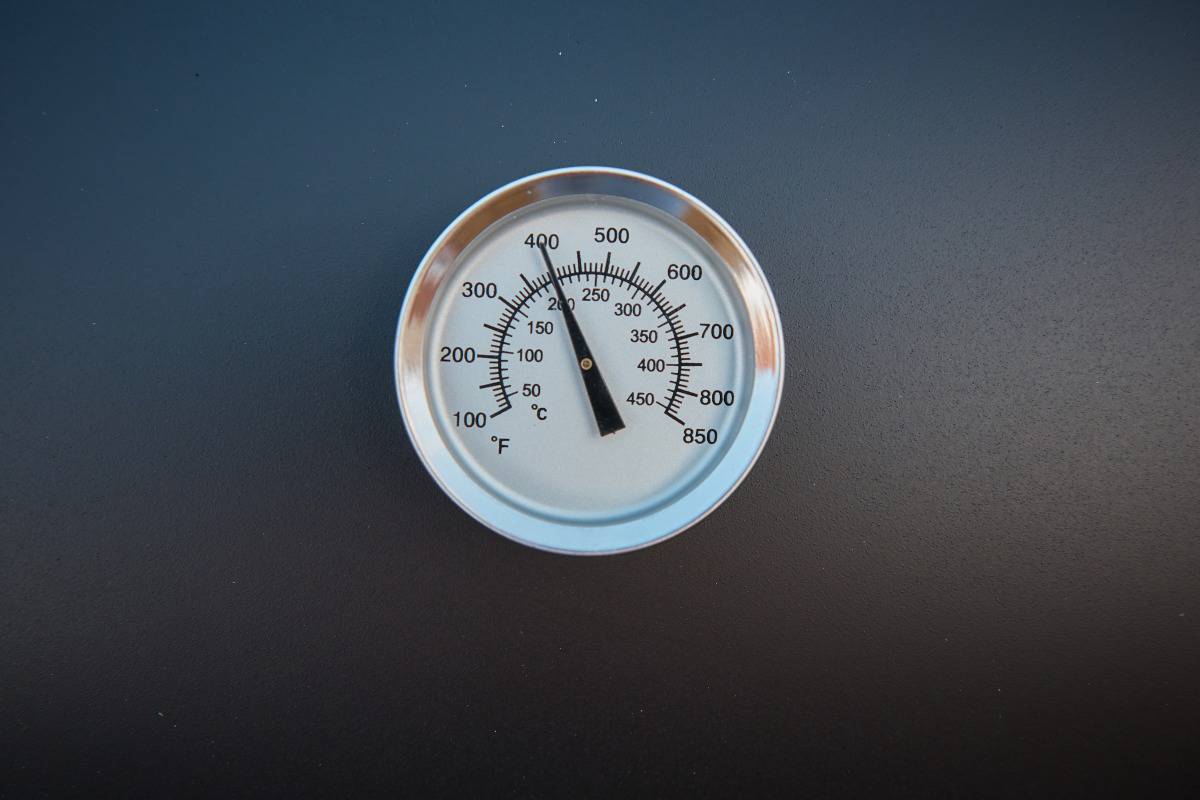
When a recipe says grill over “medium heat,” what do they mean?
If you aren’t familiar with the various temperature levels used in grilling, here’s a handy guideline showing the average temperatures. Make sure you have a good wireless digital thermometer to check and monitor the temperature at the grill grates.
- Low heat — 250 to 275 °F
- Medium low heat — 300 °F
- Medium heat — 350 °F
- Medium high — 400 to 450 °F
- High — 500 to 650 °F
- Cremation — 650+ °F
Cooking chicken too fast or too hot will end up burning the skin but leaving the meat undercooked, ugh!
So, the correct chicken cooking temperature will be in medium range, to cook it long enough without burning.
Does the Weight and Thickness Make a Difference in Cooking Time?
When it comes to cooking a whole bird, size definitely matters. The heavier the bird, the longer it takes.
A good estimate is 18 to 25 minutes per-pound.
The heat must penetrate the skin, the meat and finally the bone before it’s properly cooked through. The thicker the meat, the longer it takes for the heat energy to transfer.
How Long to Grill all the Different Cuts of Chicken
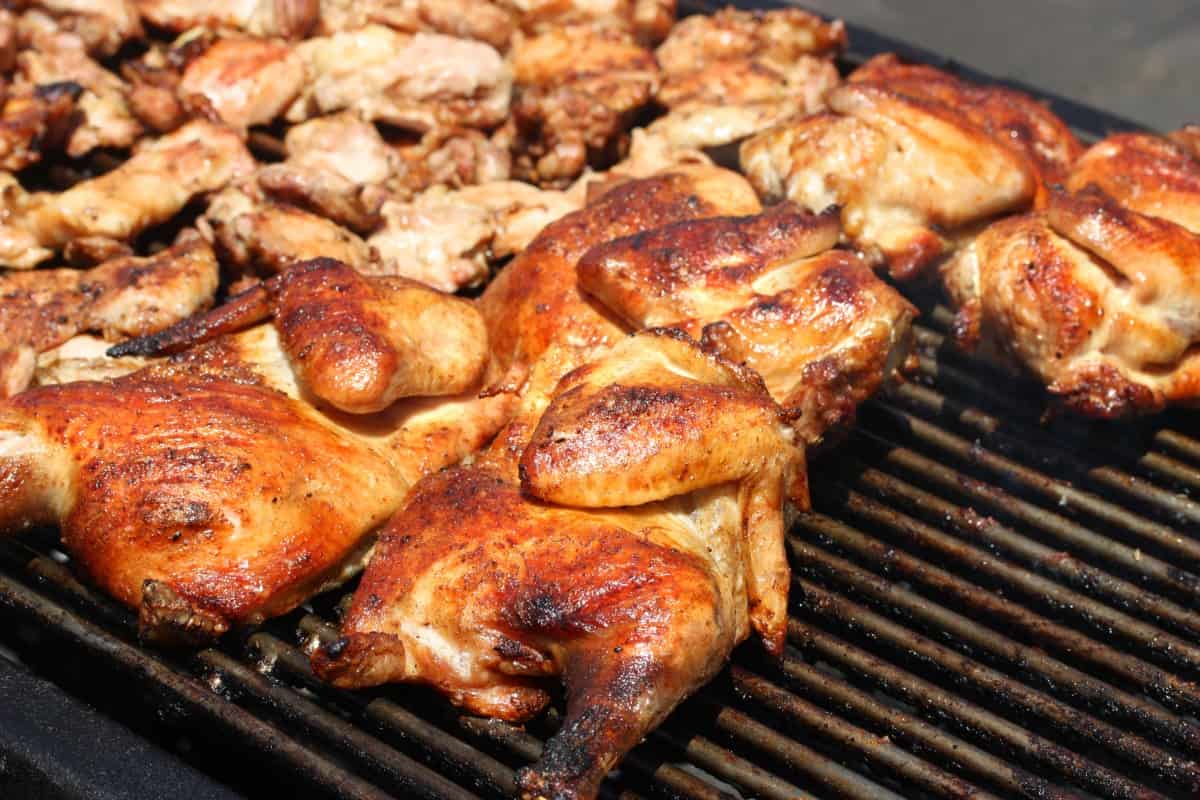
Now that you know the safe temperature of cooked chicken, and how to check the temperature of your barbecue, let’s take a look at how long it takes to grill the different parts and cuts of a chicken.
We cover all the cuts from whole chickens down to thighs and wings, with some expert notes and tips to be mindful of for each.
How Long Does it Take to Grill a Whole Chicken?
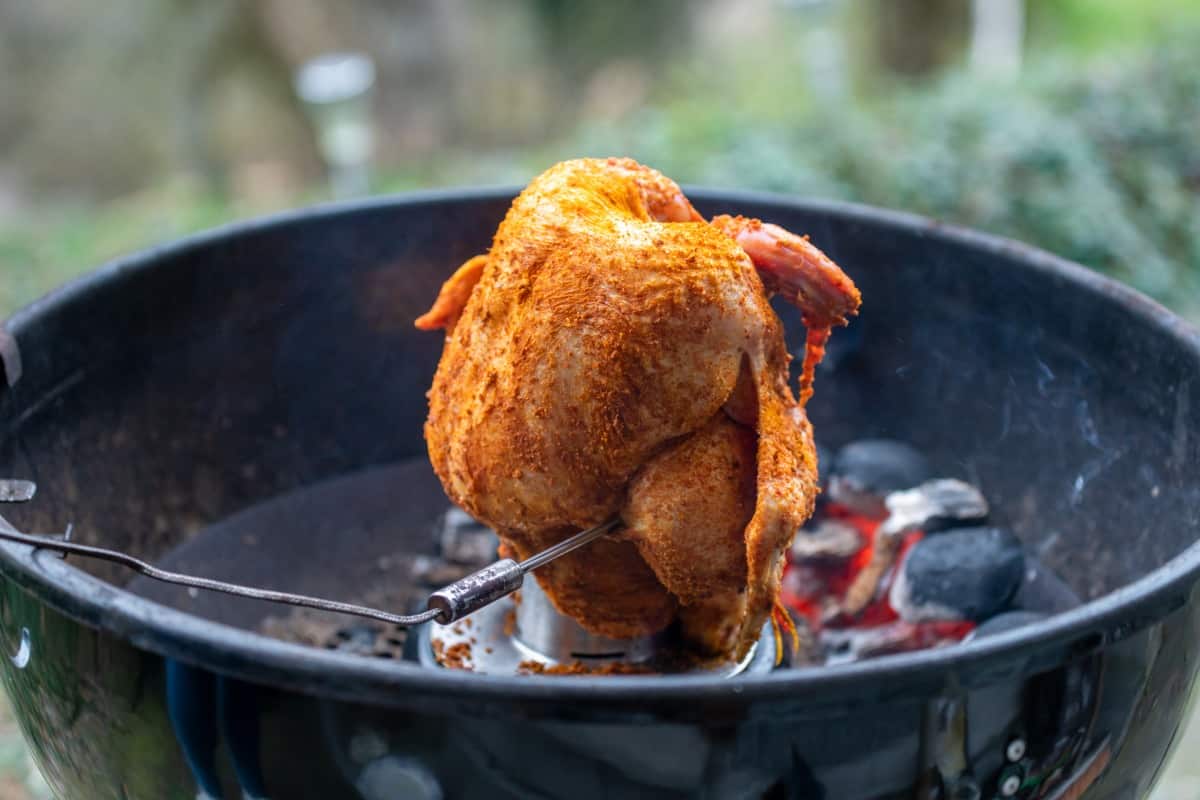
A whole 6-pound chicken will take 105 minutes to 150 minutes.
The efficiency of your BBQ, ambient temperature (the weather) and starting temperature of the chicken contribute to the overall cooking time.
Whether you grill it upright in a beer can chicken recipe, or on its back, the preferred temperature range for your grill is 200–300 °F (93–149 °C). This is a long, slow cooking process, that will take approximately 1-1/2 to 2 hours, depending on the size of the bird and how well your grill maintains temperature.
However, if you spatchcock the chicken, you can reduce the time significantly!
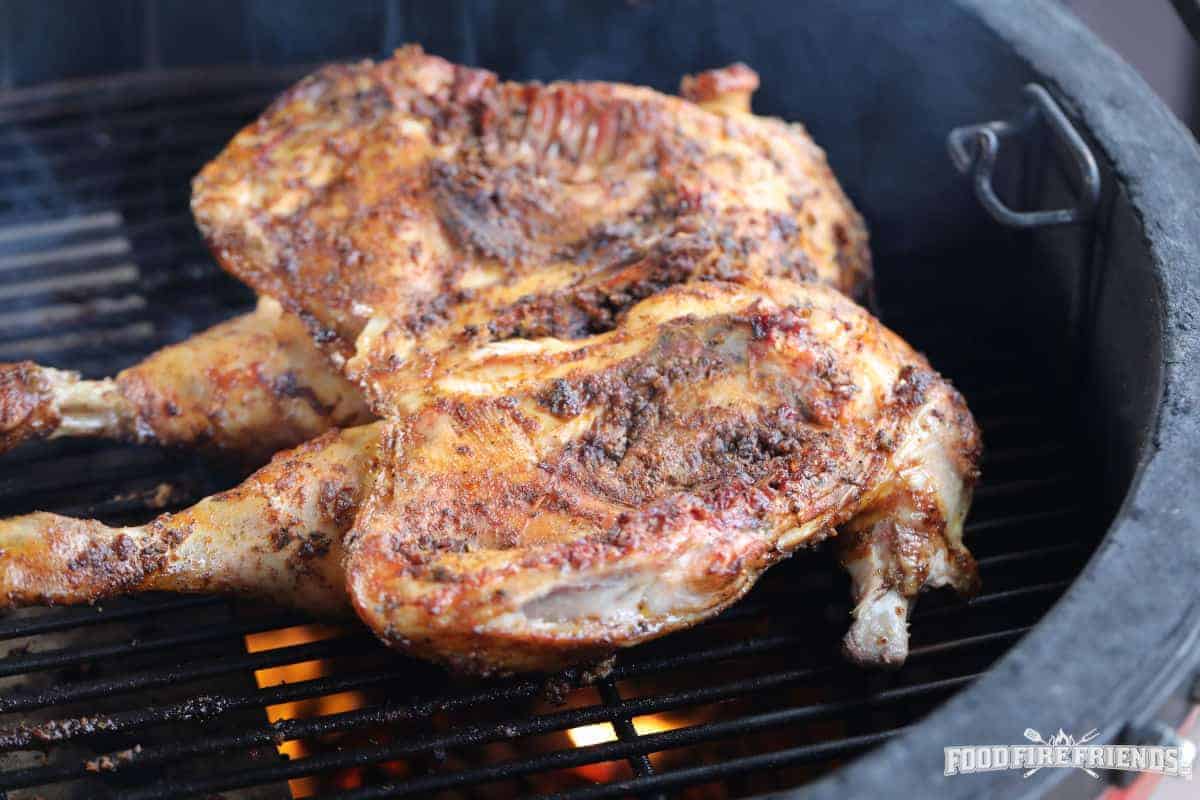
If you spatchcock a chicken, because the overall thickness of any part is severely reduced, and heat can get more readily to every part of the bird, you can reduce the cooking time for a whole bird down to 30 to 40 minutes!
Just remember thermometer tells you when the chicken is done, not the clock! Use a reliable thermometer and make sure every part is cooked to 165 degrees Fahrenheit.
How Long do You Grill Chicken Breast For?
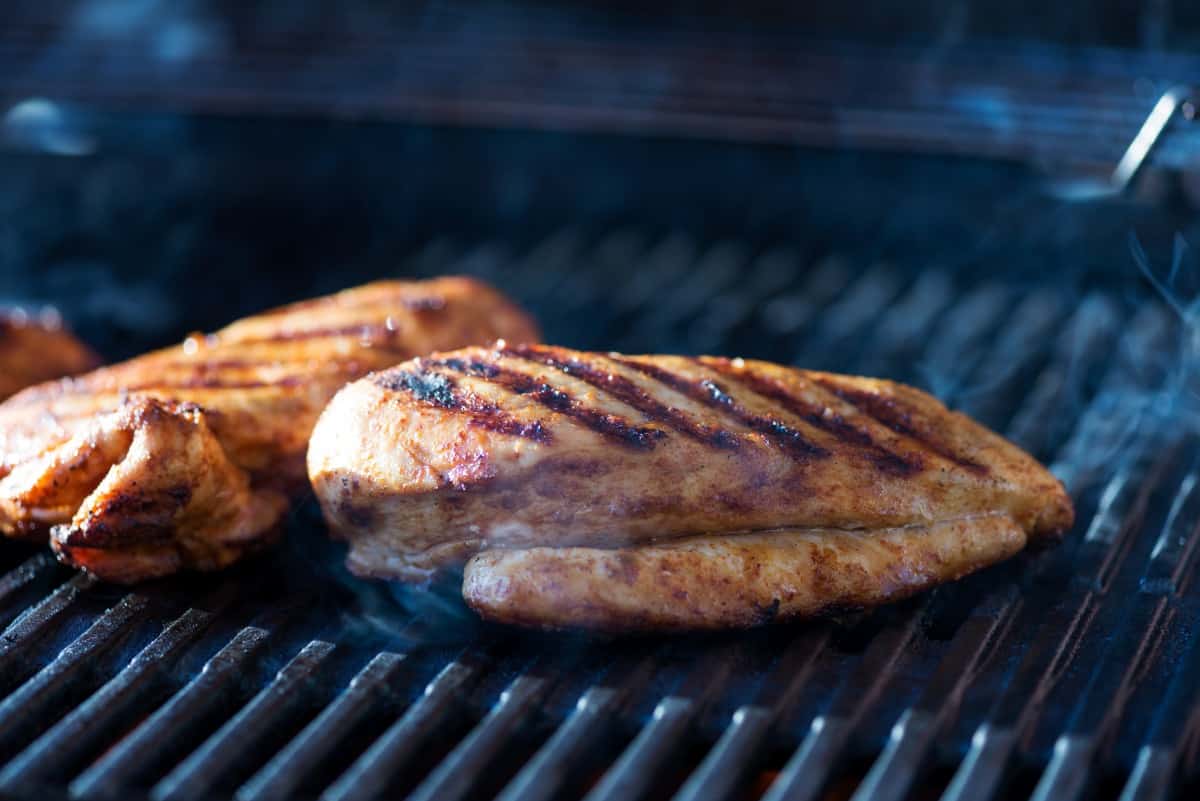
A boneless, skinless chicken breast usually weighs between 5 and 8 ounces. The cooking time is only 12 to 15 minutes. Turn them every 5 minutes to see that it does not burn. It’s best to use a medium direct heat.
Grilling bone-in, skin on breast will take twice as long as boneless and skinless. Figure about 25 minutes.
Use indirect medium heat for the first half of the cook then finish on direct heat taking care not to burn the skin.
How Long to Grill Chicken Leg Quarters?
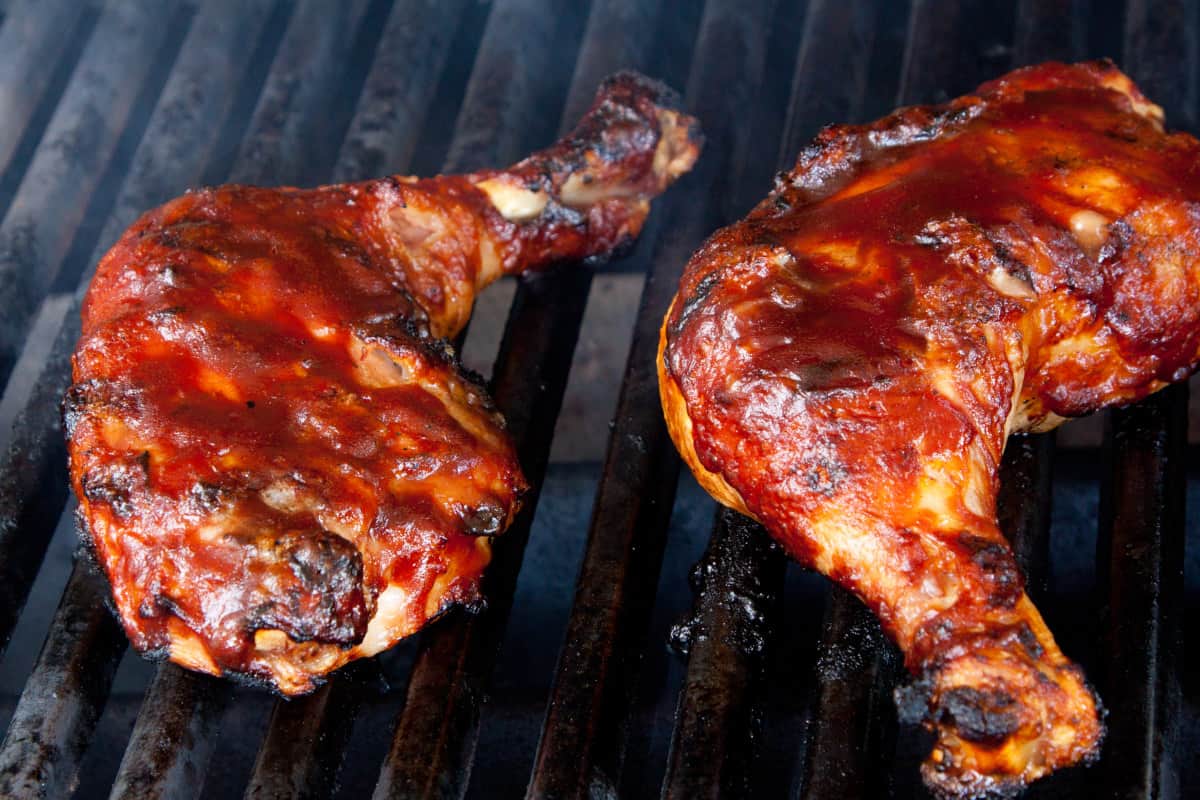
Since legs and thighs have the biggest bones, it takes longer to cook than the breasts or wings.
You’ll want to grill whole chicken legs over indirect heat for 30 to 40 minutes, turning every 15 minutes. Finish over direct heat for about 10 minutes, 5 minutes per side.
Because of the dark meat and bones, you want to wait until the internal temperature is 180 °F to 190 °F before taking them off the grill. 165 °F is safe, but at 180 °F the meat tastes much better, and it will be tender.
How Long Does it Take to Grill Chicken Thighs And Drumsticks?
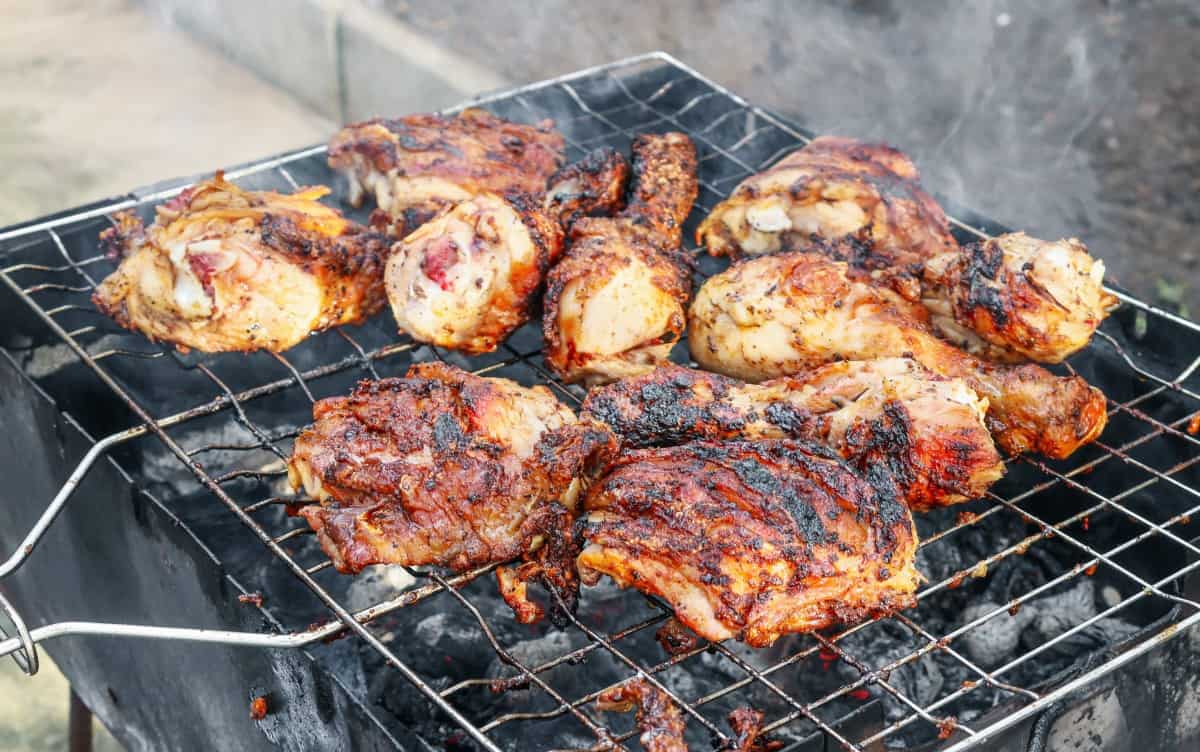
Grill time for drumsticks and thighs takes at least 40 minutes. There are two schools of thought here.
One method uses direct heat the entire time. Using medium-high or 450 °F means you’ll need to turn them every 5 minutes to prevent burning.
The other method is to use indirect heat for 30 minutes and direct heat for the last 10 minutes or so to brown them off.
Regardless of the method you choose, if you want to add sauce, do it during the last 10 minutes, so the sugar doesn’t burn.
It’s the same as cooking whole leg quarters. Look for an internal temperature of at least 180 °F for best flavor and tenderness. At 190 °F the meat should start to fall off the bone.
How Long to Grill Chicken Wings?

You’re going to cook the wings directly over a medium fire for about 20–25 minutes total.
Start by leaving them on the grill with the lid closed for 3 to 4 minutes.
Then open and turn them every few minutes to brown them evenly.
After 15 minutes, use your instant-read thermometer to check if they’ve all reached 165 ºF. You want the wings slightly charred on all sides but not burned.
Is it Best to Grill Chicken on Direct or Indirect Heat?
Smaller pieces of chicken, drumsticks & wings, do well on direct medium heat provided that they are frequently turned to avoid burning.
For larger pieces such as whole bone-in breast, leg quarters and whole birds, cook using indirect heat for at least half of the cooking time and then brown the skin over direct heat to finish the cooking.
Obviously, the easiest recipes are the most successful when it comes to the home cook, because they’re not intimidated by them. If I’m doing ‘Boy Meets Grill,’ and I do something very simple like grilled hamburgers or steaks or chicken, those are the most sought-after recipes. — Bobby Flay
Should You Marinate, Brine or Rub Before Cooking? Does it Affect The Cooking Time?
Wet marinades and wet brining add flavor but can increase the cooking time for the skin on chicken. It takes longer for the skin to dry before it can brown.
Boneless cuts of chicken take the same amount of time, marinated or not.
Dry rubs for chicken will help the skin to dry and will not affect cooking time.
Keep in mind that good old salt and pepper are the simplest yet best grilling seasonings. The smoke from the charcoal while grilling will overpower more delicate flavorings like herbs. And, if you plan on slathering with sauce at the end, you’ll just mask the other flavors from the marinade or rub.
While this guide works well, it still comes down to what thermometer says. You can’t rush quality.
I hope the information here helps you the next time you grill your chicken, whole or parts. Let me know what you think in the comments below, and I hope you found this article helpful.
Happy grilling!


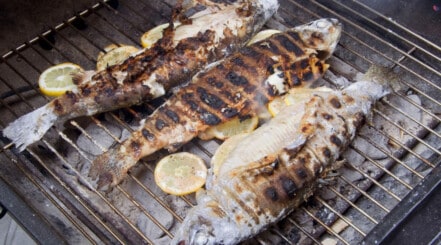
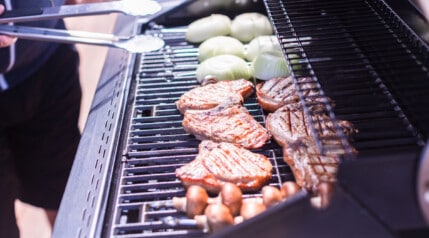
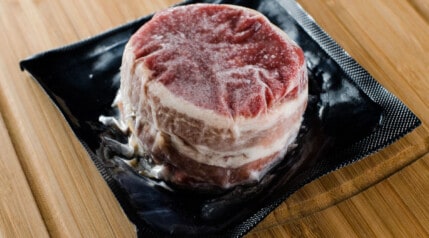

I tried the indirect chicken thigh method. Breasts were nowhere near 190 after the 10 minutes sear. Now my chicken is burnt as I’m waiting for the slow climb to 190 on direct heat. Thanks, for wasting my time
Hi David,
Sorry, I’m not sure what it is you’ve tried from your description? Or what you feel has / may have gone wrong? I wouldn’t suggest taking breasts to 190f as they will more often than not be dry and tough if cooked to that temperature. I always take breasts to only 165 °F, so they retain as much moisture as possible. Skin on chicken leg quarters, which are far fattier and have a lot of connective tissues and bone I take to 180f to 190f, as they can take it and for me are just better at that temp, but never chicken breasts.
If you can go into more detail on what you have tried, I can then try to pinpoint what may have gone wrong and make some suggestions on how to modify your technique to find success.
What cuts are you trying to cook? What method(s) are you using? What grill type / fuel are you using? What grate temperature(s) are you cooking at? Are you using any rubs? (High sugar content rubs burn easily) The more detail you give, the more I will be able to help.
Thank you. I followed your guide on grilling chicken leg-quarters, and it went perfect. No blood, and it’s juicy. 🙂
Excellent, Charlie. Thanks, for the feedback!
Smells like a troll, nothing to see here.
Great, comprehensive guide- good work, it’s much appreciated!
Awesome info. I sent to my daughter who is recently married. She and her husband are trying to develop their grilling skills.
Great information Mark. I’m BBQ’ing different pieces, on an unfamiliar (new) grill. Every question I had you answered! So, on with the show! I’ll use all your instructions. I did notice on various sites, some suggest closing the grill, while others say don’t close it. That didn’t make sense to me. Thanks, again, I’m off to the kitchen.
A friend of mine, no longer available, told me how to grill bone in chicken breast. Season first and have the Weber gas grill at a temperature of (this is my problem, I can’t remember the temp he said) but the bone in chicken should be seasoned on both sides and placed on the grill bone down, close the cover of the grill, and the cover should hot be opened at all for one hour. The chicken was the best I have ever eaten. I guess the key is the temp of the grill and not even looking at the chicken until the hour is up. I am thinking the temp was 165 degrees. I fixed and grilled as he said several times and every time was great. I want to try it again but need the temp.
How will I get your answer?
Hi William,
I’m afraid nobody can know what your friend recommended. If it’s bone-in chicken breast, and he recommended an hour, I would say it has to be a low temp, but 165 °F seems insanely low and would take longer than an hour for sure.
But what is a likely temp for a bone-in chicken breast to take an hour? I really don’t know, as I always cook them in way less time at a higher heat. If I had to hazard a guess, I would say probably in the 225 °F range … but that’s a pure guess.
The issue with cooking it this low, is it takes more time at a lower temp, meaning it could dry out more, and also the skin will be very rubbery and not at all crispy … though you could finish it off with high heat, direct grilling for a minute or two to solve that.
To find what temp he suggested will require you to experiment. Use a leave-in meat probe, fire up the grill the way he said, and cook at, say, 200 °F to start. If it takes roughly an hour and gets the result you remember, then it’s correct. If it takes longer than an hour, you need to go hotter. If it takes less than an hour, you need to go colder. Rinse and repeat over a few cooks to dial into the temp he likely recommended.